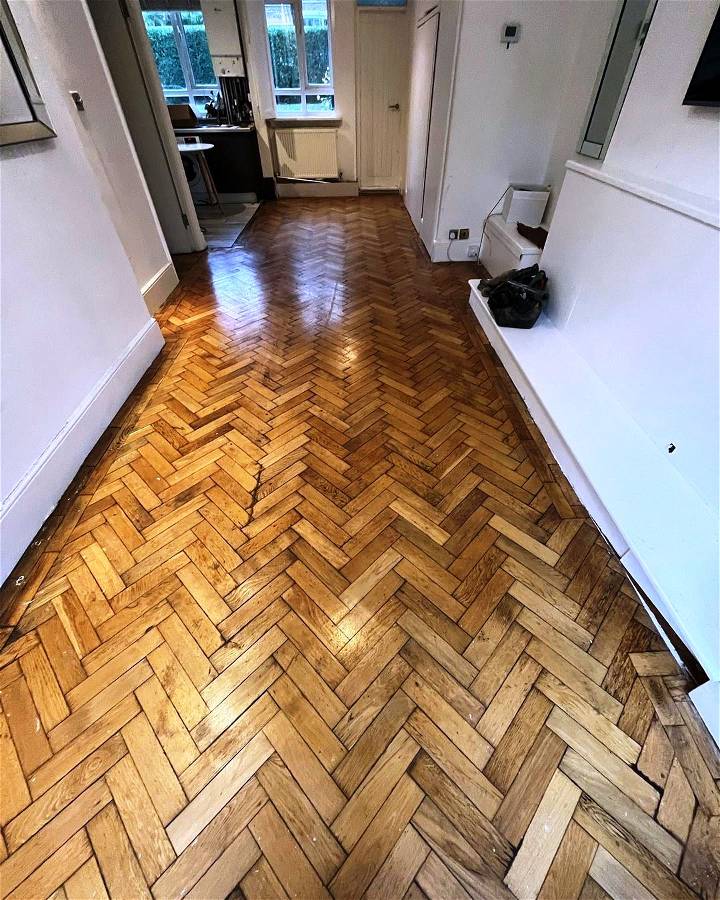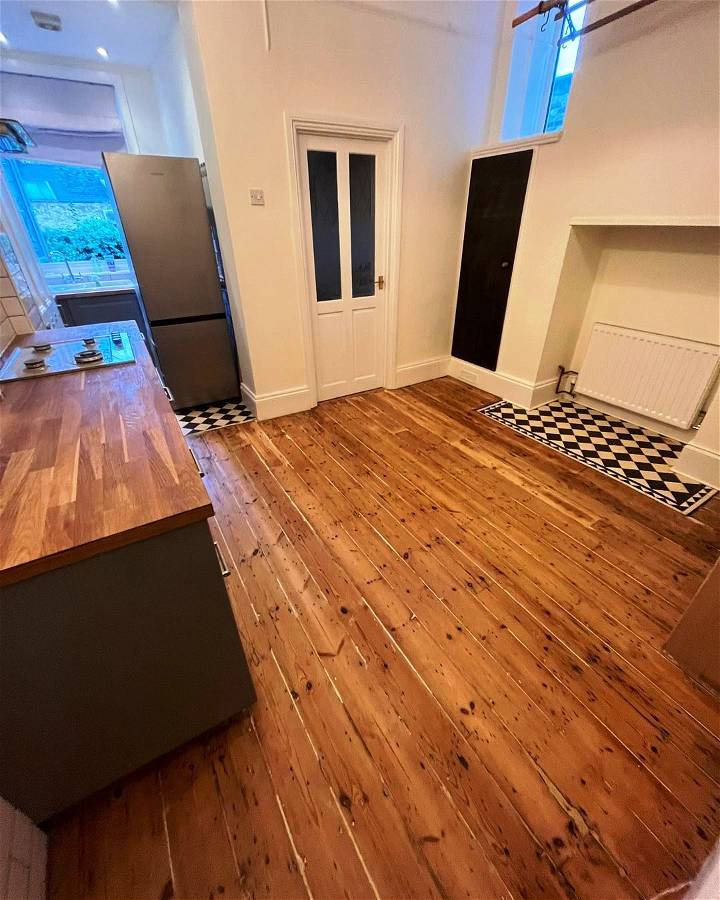Many properties come with flooring that has been in place for a number of years, leaving it with damage, flaws and marks. Leaving your flooring down with damage will not only lower the value of your property but also can cause issues throughout the years - misplaced floorboards could become tripping hazards, cracked tiles can chip away and vinyl can peel away, leaving rooms looking far less together.
For any homeowner, the decision will come down to restoration or damage, but there’s a lot to think about, and we’d be lying if we said it was easy.

So, which should you choose? Read on to find out.
Choosing Restoration?
Before choosing to restore your flooring you must make sure that they are in good enough condition to do so, as flooring that is too damaged or tarnished will not be able to withstand the treatments necessary. All damage that the flooring has must be superficial, with no effect on the structure of the material. If there is structural damage it is better that you replace the flooring, as attempting a restoration on broken flooring can lead to worse looking, weakened flooring at best and the destruction of your classic flooring as a worst case scenario. But if restoration is possible, it’s a great path to take. Restoring flooring leads to having a room rich with history, personality and taste.
If your flooring is strong enough to go through with a restoration, be careful with your next actions. Restoring wooden flooring is incredibly difficult, especially when you’re attempting to restore very old flooring. As said before, restoration is only possible with visual damage as opposed to structural damage, so when it comes to restoring and removing the issues, floor sanding is the best option. This way you can even sand down the floorboard to the level of the lowest mark, say a scuff or light dent, ensuring that the even look and shine of the wood remains whilst the damage vanishes.
When it comes to deeper dents and water damage, you may need to replace the floorboards instead. As with all complex projects within the flooring, it may be best to get an expert’s help, especially if the flooring in question is especially old or damaged further than you feel comfortable with tackling. The last thing you want is to end up damaging your floor further.
Choosing Replacing?
Of course, there is damage that cannot be restored easily or even restored at all due to damage to the internal structure or due to deep damage to the floor. An example of this kind of damage would be deep dents from dropped items or heavy shoes or deep scratches caused by furniture. These kinds of damage cannot be sanded down easily and so will need to be replaced. Another example of unrestorable damage would be water damage caused by a leaky pipe. Water damage can cause floorboards to warp and break, damage that cannot easily be repaired.
There may be no other choice than to take up the whole floor if there is too much damage. In some cases, it may be possible to pull up specific floorboards that are damaged and replace them with similar coloured boards, but in the case of water damage or high amounts of denting you may need to take up all of the floor. If this is the option you choose, it is a good idea to keep a sample of your original floorboards to find a similar floor to the previous one. This way, you can keep the feeling of your room the same whilst repairing your floor.

Do You Actually Like the Floors?
It’s important to take a step back and have a look at the floors you’re replacing or restoring before you go ahead and ensure that you want to keep this flooring type in your home. Sometimes, though wooden floors do give a room a more regal and refined feeling, they simply don’t suit your vision of how the area should be presented. Therefore it is important to decide whether or not you want to spend the time and money repairing the floors you have.
It is often tempting to keep the flooring that came with your property for a sense of authenticity or to give your rooms a more vintage feel, but wooden floors simply are not always the right flooring choice. If you happen to have a room that sees a lot of spillages, wear and tear and traffic, such as a kitchen, tiled flooring may be a better option. This way, you can completely avoid water damage to your floors without having to worry about the occasional mess or dropped bowl.
If you happen to have young children, carpet could also prove to be a replacement for the clean look of wood. Carpet flooring comes in almost every colour and pattern, meaning that you can have any kind of look in whichever room you lay it. It also provides an easy-to-clean and soft floor type, which can be perfect for parents who need to lay flooring in a playroom or living room and would like for their children to have a safer, softer area to play in.
Replace or Restore Old Wooden Flooring
Deciding to replace or restore old wooden flooring is not a simple decision that you can make instantly. There are many advantages and disadvantages to doing either, and you need to make sure that you choose the right option for the damage on your floor.
Restoring your old flooring could be exactly what is needed to bring back the shine and refined feel of the wood. However, some floors are past saving, or something new needs to be added to the room to bring out a different artistic vision. Therefore a replacement flooring may be needed, whether you go for another wooden flooring or something different. It’s best to consult an expert and get their help if you are unsure, and to seek out a professional website for all of your flooring needs.

